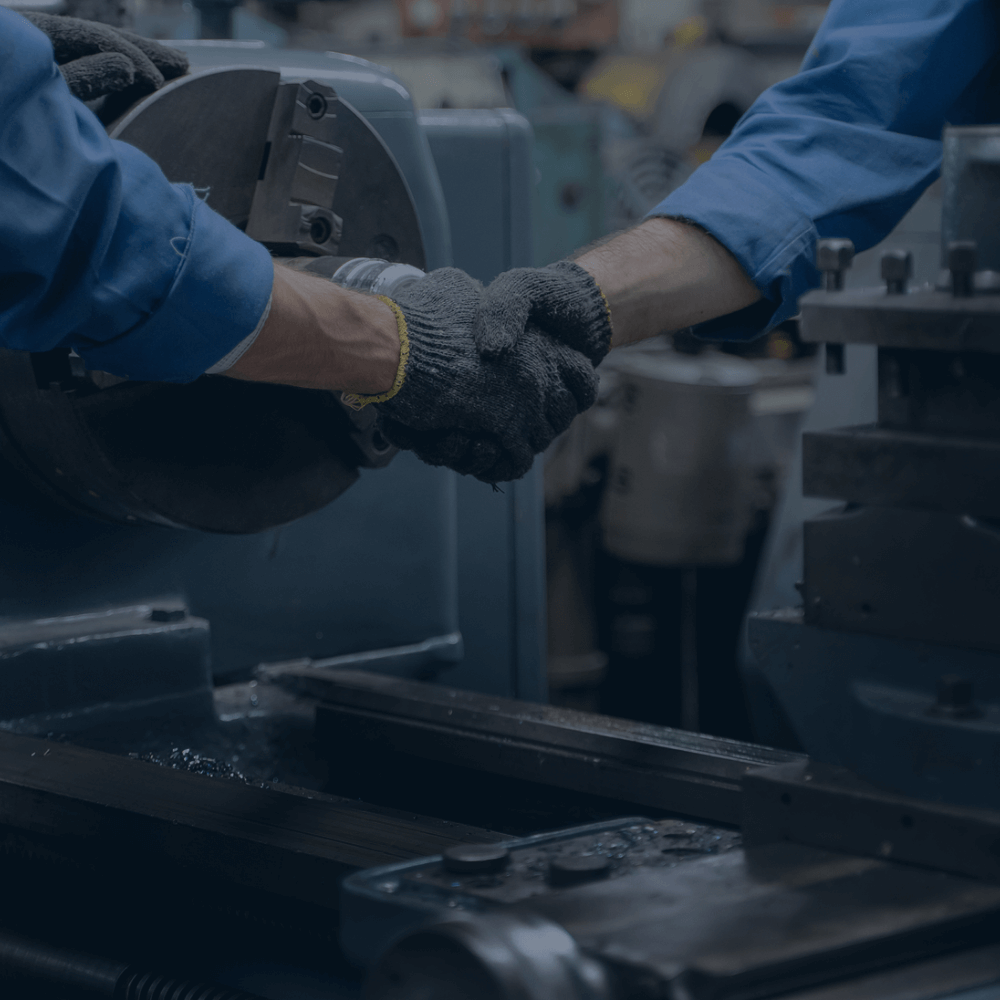FAQ
Dahching focuses on resistance welding machines — from spot and projection welders to seam, flash butt, and diffusion bonding systems. Every machine is built to order, based on your material, thickness, and production needs. Whether it’s a manual setup or a fully automated line, we aim to deliver reliable, precise, and energy-efficient equipment that performs consistently for years.
Dahching’s resistance welding systems are used across a wide range of industries where precision, strength, and reliability are essential.
Automotive & Motorcycle Components – shock absorbers, cap nuts, brake shoes, rims
Aerospace – compressor rings, turbine structures, honeycomb panels, advanced alloys
Railway & Infrastructure – rails, turnouts, switching bars
Industrial Equipment & Machinery – gratings, chain links, hoist rings
Military & Defense – ammunition boxes, projectiles, structural armor parts
Electronics & Semiconductor – heat sinks, copper laminations, electrical connectors
Energy & Power Systems – battery packs, busbars, EV energy storage modules
Medical & Healthcare Equipment – surgical tools, accessories, and related components
Spot welding joins sheet metals by applying pressure and current through electrodes, creating one weld at a time. It’s ideal for materials like mild steel and aluminum, with a maximum sheet thickness of around 5 mm.
Projection welding, however, uses embossments or projections on the part to concentrate pressure and current at specific points. This design allows multiple weld points or joints to be made simultaneously, as the projections localize the weld to those areas. It is versatile for applications such as welding nuts, bolts, and grating panels.
The key difference: Spot welding relies on electrode size and position, while Projection welding uses pre-designed projections to achieve localized welding and the simultaneous joining of multiple parts.
Each power source has its own advantages, but MFDC (medium-frequency DC inverter) welders have become the most widely used in recent years.
MFDC welders – now the industry standard, offering stable current control, faster response, and significant energy savings. They perform exceptionally well on stainless steel, aluminum, and dissimilar metals.
AC welders – a cost-effective and reliable choice for mild steel and general applications.
CD welders – ideal for thin or highly conductive materials that require a very high current in a short time, such as terminals or wire welding.
Our engineers can help evaluate your parts and production needs to recommend the most efficient and practical solution for your application.
Absolutely. Every Dahching welding machine is built to match your specific product — from clamp and electrode design to control integration and automation level. We tailor every detail, including tooling layout, electrode geometry, weld sequence, and parameter setting, to make operation simple and consistent. Each machine is tested to ensure your parts can be produced reliably and within the required quality standards.
Dahching offers automation solutions ranging from stand-alone welding machines to fully automated production cells equipped with servo actuators, part feeders, robot loading, and vision inspection.
Within a single automated welding cell, the operation typically follows a load–weld–unload sequence for maximum efficiency and consistency.
For customers requiring a complete manufacturing setup, Dahching also provides turnkey production lines — covering every stage from material handling and welding to inspection and packaging — ensuring that the entire process, including any pressing or assembly steps in the production flow, can be seamlessly planned and executed as one total solution.
We integrate digital monitoring systems such as WeldGraphix ProSync for real-time current, voltage, and force recording.
Each weld can be stored as data for quality traceability and production analysis — meeting Industry 4.0 requirements.
Yes, Dahching machines can be integrated with factory PLC or MES systems, but successful integration depends on the communication protocol and data structure used at the customer’s site.
We support common industrial standards such as Ethernet/IP, PROFINET, and Modbus-TCP, and can exchange data such as machine status, production counts, and weld results once the interface framework and specifications are clearly defined.
Our engineering team works closely with your automation or IT department to ensure stable and secure connectivity within your factory network.
We provide remote support, on-site commissioning, and operator training worldwide.
Our service includes parameter fine-tuning, calibration, spare-part supply, and long-term maintenance agreements.
To help us prepare your quotation efficiently, please provide the following information:
- Product drawings or material specifications (material type, thickness, dimensions, etc.)
- Required production quantity or target cycle time
- Welding quality requirements, such as inspection, measurement, or destructive testing
- Special requirements for automation level or machine operation
- Preferred component brands or specifications, if any
For certain applications such as gratings, Dahching also provides a questionnaire form to help you fill in the key parameters more easily before quotation.

